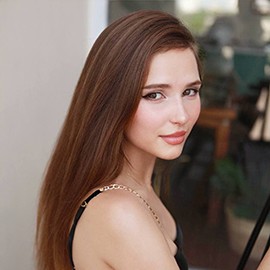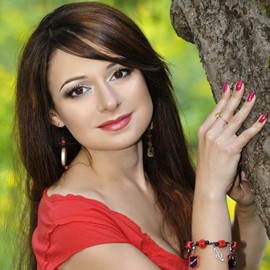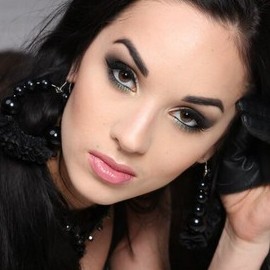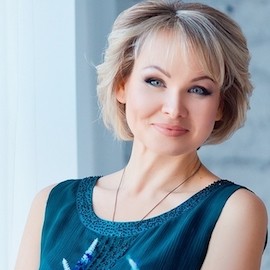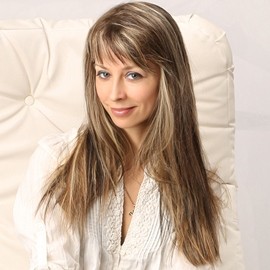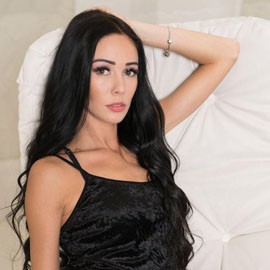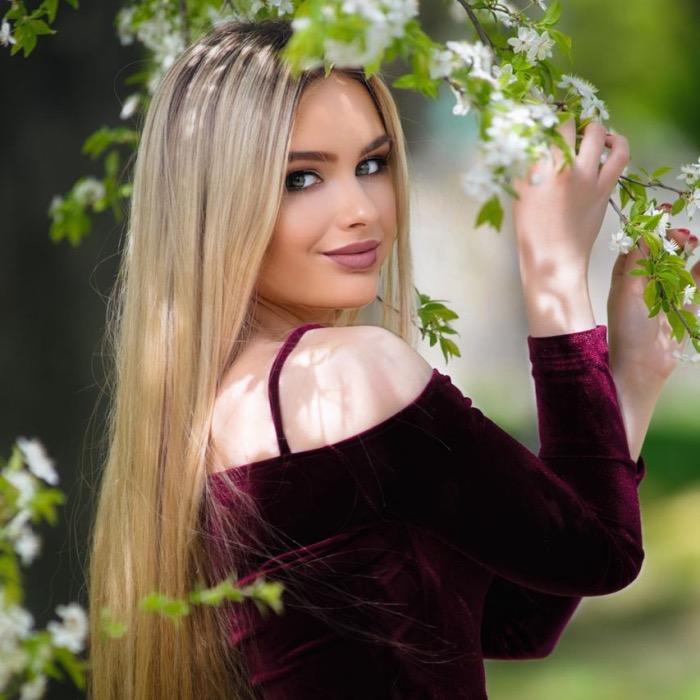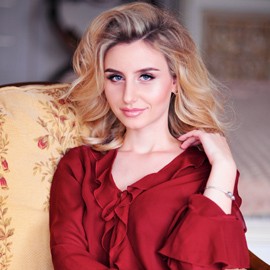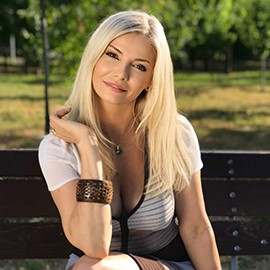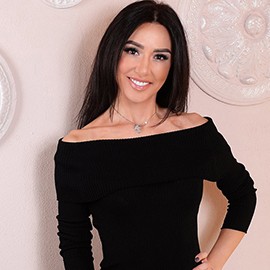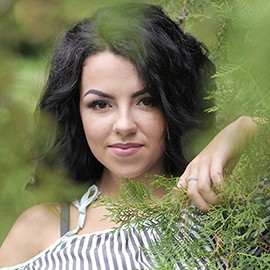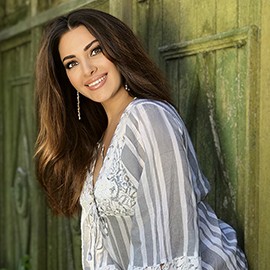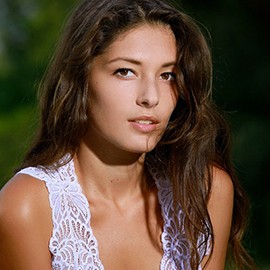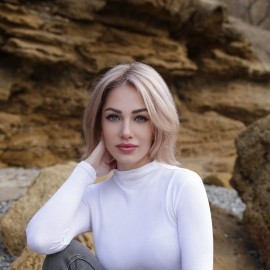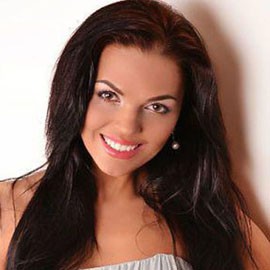11/24/2016
In different countries, the main winter character looks different and he is called in a different way. Someone is waiting for gifts from Santa Claus, your Russian girlfriend, surely, from Ded Moroz, and some people from Joulupukki.
As for Eastern Europe, the ancestor of Ded Moroz from East Slavic mythology personified the cold. The functions of the "Holiday Grandfather" giving gifts, were given to him at the beginning of the XX century. Prohibited after the revolution Ded Moroz came out in the country in the 1930s. His image was replicated throughout the territory of the Soviet Union republics and friendly states. Many of them changed his clothes to national costumes and translated his name into their own languages, but in fact, Ded Moroz remains the same in these territories.
Ded Moroz and his colleagues:
1. Korbobo, Uzbekistan
2. Tol Babai, Udmurtia
3. Ayaz Ata, Kazakhstan
4. Kaghand Pap, Armenia
5. Tovlis Babua, Georgia
6. Mosh Krechun, Moldavia
7 Ded Moroz, Russia
In XV-XVI centuries St. Nicholas was the main Christmas character. However, in the XVI-XVII centuries, the Reformation forbade the veneration of saints. St. Nicholas has preserved its authority in some countries. At this time in Europe, there were other heroes, the so-called Christmas fathers. In the XVII century settlers from Holland St. Nicholas (or as it is called, Sinterklaas) came to America. Gradually, he changed his bishop's mitre on his hat and turned it into Santa. In the XX century, it affected the appearance of his European counterparts.
From St. Nicholas to Santa Claus
8. Nicholas of Myra
9. Vaynahtsman, Germany
10. Pere Noel, France
11. Father Christmas, UK
12. Sinterklaas, Belgium, Luxembourg, Netherlands
13. Santa Claus, United States
14. Święty Mikołaj, Poland
Santa Claus can be considered as one of the symbols of globalization. In many countries, fabulous New Year and Christmas characters preserved only their traditional names, but their appearance has become Americanized and more and more like the face of Santa Claus.
Traditional national characters:
15. Agios Vasilis, Greece
16. Pakkaine, Karelia
17. Sheng Tribute Laozhen, China
18. Ehee Dyl, Yakutia
19. Olentzero, the Basque regions of France and Spain
20. Jultomten, Sweden
21. Daidí na Nollag, , Ireland
22. Babo Natale, Italy
23. Papai Noel, Brazil
24. Julenissen, Norway
25. Hoteiosho, Sёgatsu san, Japan
26. Mikulas, Hungary
27. Youlasveydn, Iceland
28. Yyuluvana, Estonia
29. Joulupukki, Finland
30. Kanakaloka, Hawaii
The unification of Christmas representatives met resistance in many countries. Some people are trying to save the authenticity of St. Nicholas. Others bring their special characters to the leading roles. For example, in the Netherlands, a traditional character Kerstman carries gifts on Christmas Eve, and Sinterklas is feasted on 6 of December. In Austria, Kristkind has the mission of giver instead of Santa. In Mexico, children are waiting for the arrival of the three kings (their prototypes are the Three Wise Men). In trying to save the national culture, some people use heroes who are far from the religious traditions, such as gnomes.




